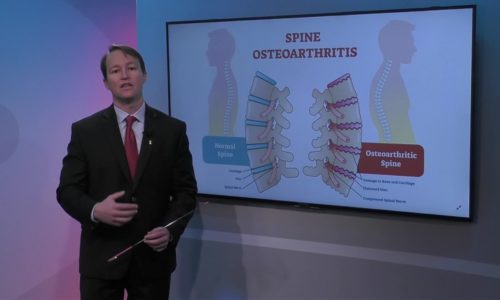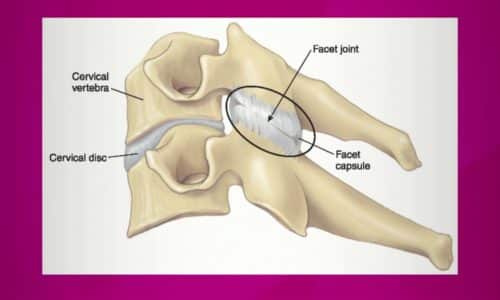Symptoms of Spinal Compression Fractures |
Severe back pain with movement; improved pain with standing, sitting, or lying down; limited movement in spine; nerve damage; and decrease in your height are some of the symptoms of spinal compression fractures.
Dr. Brian Schiro, Interventional Radiologist with Miami Cardiac and Vascular Institute, says many patients feel this pain when they are getting out of bed in the morning or when they are getting up from a chair. “That’s typically what causes the majority of pain in these patients.”
Transcript
All right we have some symptoms of compression fractures in case you’re feeling some pain or you’re feeling maybe something that could be a compression fracture. Let’s walk through these severe back pain with movements. >Right. So many patients whenever they have a real compression fracture they feel this pain particularly when they’re getting out of bed in the morning or when they’re getting up from a chair that’s typically what what causes the majority of pain in these patients. > All right. improved pain with standing sitting or lying down. Right. So once the patient actually gets to the standing position or the seated position or if they’re lying flat, the pain goes to almost zero but if they’re having any movement whatsoever it can get as high as 10. 10 out of 10. — that’s painfull — > And that’s important thing with the treatment of these because… because you don’t have pain with Moot with when you’re sitting still it’s only with movement a lot of these patients become sedentary. — Right. They stop moving. This I don’t want to move. — Yes. I’m good in that especially in the elderly population that could lead to other issues such as urinary tract infections in pneumonia. There’s a lot of hospitalization that happens the United States the average hospitalization for a compression fracture in the United States is eight days, and so the early treatment in early diagnosis of these is very important. I think that’s important point that Adam brings up treating these patients early but have compression fractures so you have to really get patients up and immobilize as quickly as possible. > Absolutely. Let’s I’ll finish off that list real quick and we’ll move on to something else. I think we were at limit… limited movement in the spine, that was the third one. Nerve damage and if we can maybe take that one more time thank you. Decrease in your height truly really happening. > Yeah decrease in your height. So when we talked and we showed the model if we could go back to the model here. — absolutely — the model is showing the vertebral body height here and it’s if you look at it from the side they’re almost like squares and when you have a compression fracture it’s literally compressing it and so the vertebral body loses what we call vertebral body height it could happen in a symmetric fashion or it could happen in a wedge fashion. With the symmetric fashion you you actually just lose height with a wedge fashion you lose angle to that spine and so you could appear almost bent over.








